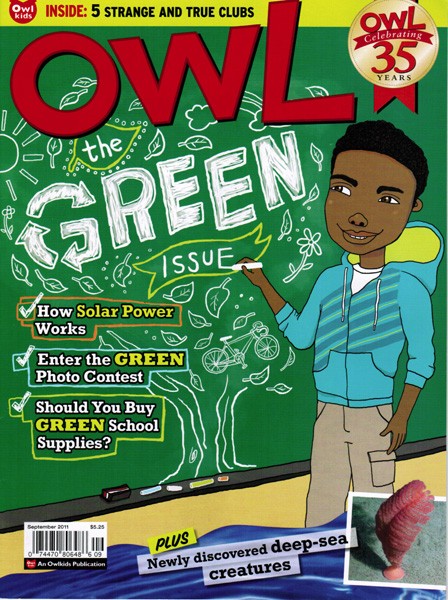
Hi Miss Julie! A Guide to Passionate Librarianship, by Julie Jurgens
I started my search here (thanks Minda, for the tip on Canvas!)
and looked through many of these sites, favorites being Waking Brain Cells, A Chair, a Fireplace, and a Tea Cozy, and I’m Here. I’m Queer. What the Hell Do I Read? All of which are blogs by librarians. But I bumped into Miss Julie while reading an article about Reader’s Advisory, and her style clicked with me.
Now, I’m not a natural in front of a crowd, but watching some of Miss Julie’s accomplishments with sing-alongs and story times gives me some inspiration. There are many ways to entertain, and her list of shared webinars and presentations is impressive. She's even presented at the ALA Annual Conference!
In the Category Cloud of topics on the Sidebar Right of her blog, the largest words, thus topics of passion, are: Be the Best You Can Be, and Librarians FOR THE CHILDREN. This combination won me over, because trying hard, doing a good job… that’s all we can do. No one is great at everything! So, run with your strengths. She also gives advice on how to find library job, with current links, and applying for same. Another blog is on the way about the Interview…. so, very helpful and supportive for the up-and-coming librarian.
Miss Julie has a lot to say about censorship. My favorite post on her blog is “We Live in a World of Bad Text” from 1/15/17. It speaks of words having power, and how, so often, that power is misused. There are examples, and she urges the use of strong words when/if necessary, but be sure you have specific and accurate sources. In other words, be a Librarian. Read it here, right below the Hamilton post!
And check out her (very fun!) CV for all the awards she’s won over the past five years.
And finally, something I’ve posted in my office:
Miss Julie’s Loves of Librarianship
- Libraries are for everyone.
- Everyone benefits from libraries, whether they use them or not.
- Make every interaction delightful, wherever it happens.
- A degree does not a librarian make.
- Every library its community, and every community its library.

